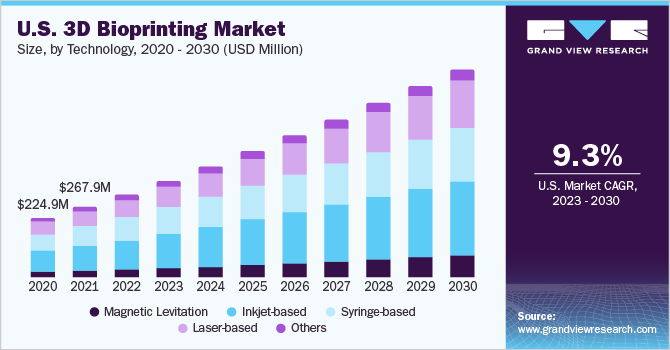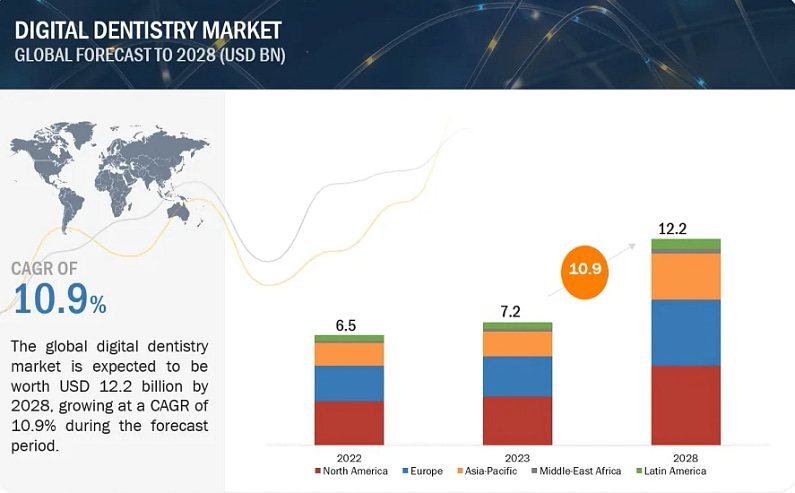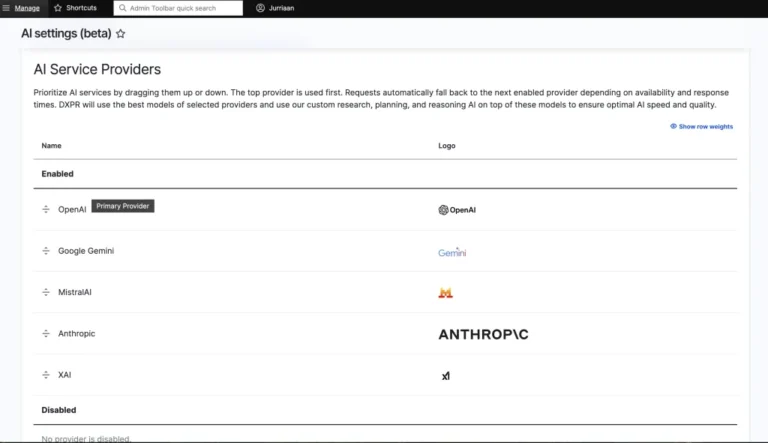
AI is also playing a pivotal role in advancing 3D printing in dentistry. AI-driven design software can optimize the creation of dental prosthetics by predicting and adjusting for potential issues, such as material stress or improper fit. This integration of AI means that the design process is not only faster but also more reliable, leading to better outcomes for patients.
A Boon for Patients and Clinicians
The impact of 3D printing in dentistry is far-reaching. Custom-made prostheses, aligners, and implants are now crafted with extreme precision, giving patients not only better-fitting devices but also reducing discomfort. This precision helps minimize the number of adjustments needed after placement, making the process smoother for both patients and dental professionals. For dentists, the ability to use 3D scanning technologies to replicate a patient’s exact dental structure means fewer appointments and follow-ups, which translates into happier patients and more streamlined workflows.
The rapid growth in sales of 3D printers, coupled with advancements in AI, suggests that these technologies will only continue to expand their footprint in dentistry and other healthcare fields. For patients and practitioners alike, the future of dental care looks brighter, smarter, and more personalized.
In a survey conducted by the American Dental Association, 75% of dental professionals reported that they had incorporated 3D printing into their practice by 2025, a significant leap from just five years earlier. This shift reflects the growing demand for mass customization, driven by the need for personalized dental care solutions. With 3D printing now part of the digital dentistry curriculum, today’s dental students are being trained in cutting-edge technologies that allow them to hit the ground running in clinical practice.
“3D printing has given dentists a level of customization and precision that was previously unimaginable,” says Dr. John Anderson, a leading expert in digital dentistry. “The ability to create a perfect replica of a patient’s dentition has drastically improved the quality of care we can provide.” Anderson points out that the accuracy of these models allows clinicians to craft custom-made prostheses that fit perfectly, eliminating much of the trial-and-error process that used to dominate the field. “It’s also incredibly time-efficient,” he adds. “What once took weeks can now be done in days.”
The Role of AI in Enhancing 3D Printing
By Gary Bernstein
Dr. Sarah Hume, a pioneer in dental AI applications, notes, “AI is transforming how we approach everything from diagnosis to treatment planning. When combined with 3D printing, it allows us to produce models that are not just accurate but also optimized for the best clinical results.” AI algorithms can analyze patient data, such as digital scans or X-rays, to predict which type of prosthesis will work best, reducing human error in the design phase.
Another exciting development on the horizon is the use of .3 billion by 2025, with dental applications poised to be a significant driver of this growth.
Bioprinting: The Future of Dental Healthcare
For instance, in orthodontics, AI algorithms are now being used to predict the trajectory of tooth movement, which in turn informs the design of clear aligners made with 3D printing technology. “This level of precision is impossible with traditional methods,” Hume explains. “It’s a game-changer for both patients and practitioners.”
As with any emerging technology, the adoption of 3D printing and AI in dentistry comes with its challenges. One of the main hurdles has been the initial cost of setting up a digital workflow, which includes purchasing digital dentistry revolution is already here, and it’s reshaping everything from education to clinical practice. As Dr. Hume aptly puts it, “The tools we now have at our disposal are making dentistry more precise, efficient, and patient-centered. And we’re just getting started.”

Overcoming Challenges and Driving Innovation
Dr. Andrew Lee, a specialist in dental bioprinting, believes that we are just beginning to scratch the surface of what’s possible. “Imagine being able to print a living tooth that can integrate with the patient’s natural tissue and regenerate over time. That’s where we’re headed,” Lee says. While the technology isn’t quite there yet, Lee predicts that within the next decade, bioprinted dental implants could become a routine part of dental practice.
The field of dentistry is undergoing a radical transformation, and much of this change is being driven by the twin forces of 3D printing and artificial intelligence (AI). In recent years, 3D printing has taken the dental industry by storm, providing the ability to produce highly personalized dental prostheses with minimal material wastage. This technology has not only streamlined dental practice but also made it more efficient and cost-effective, signaling a bright future for digital dentistry in 2025 and beyond.
(Infographic source: Instituteofdigitaldentistry)





